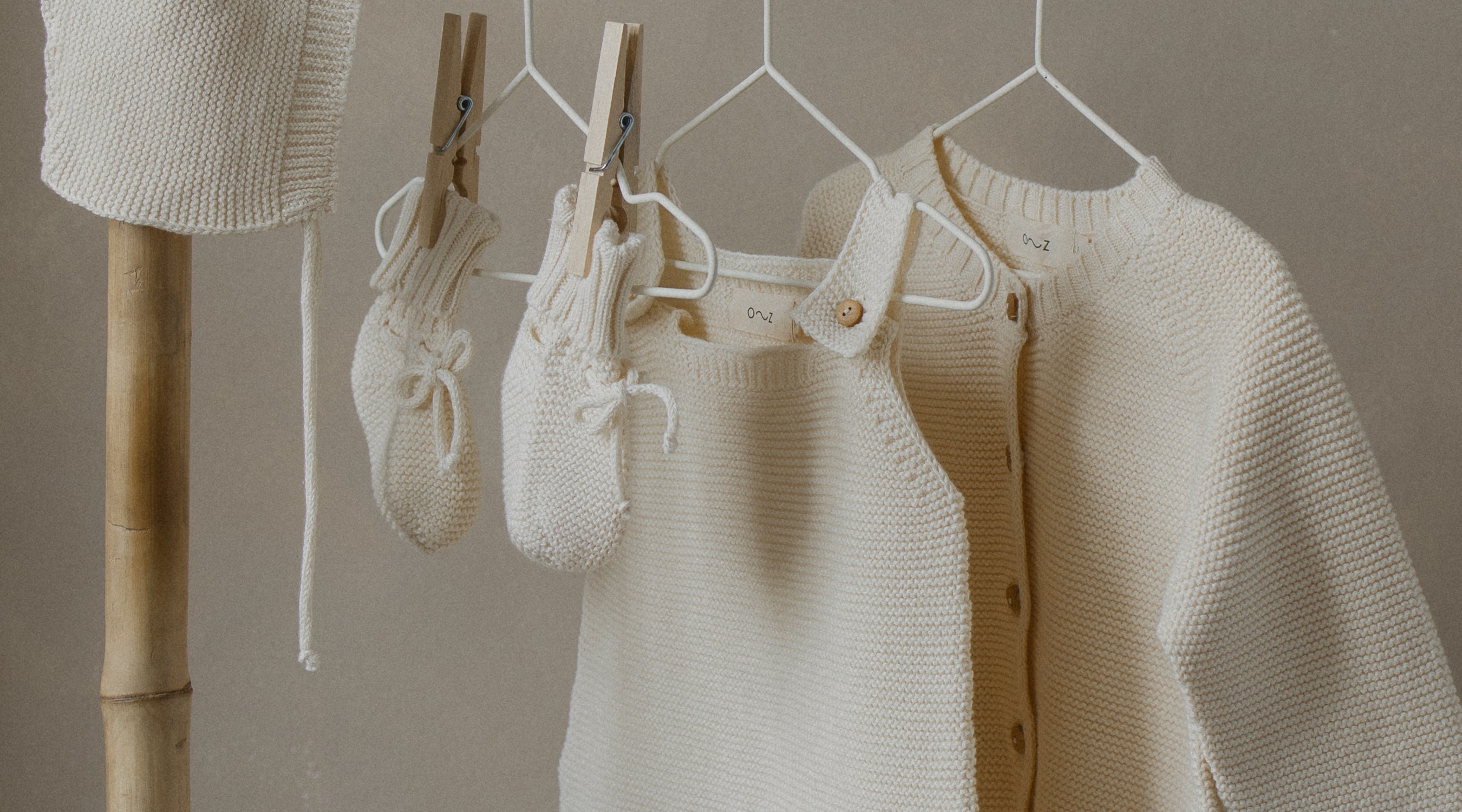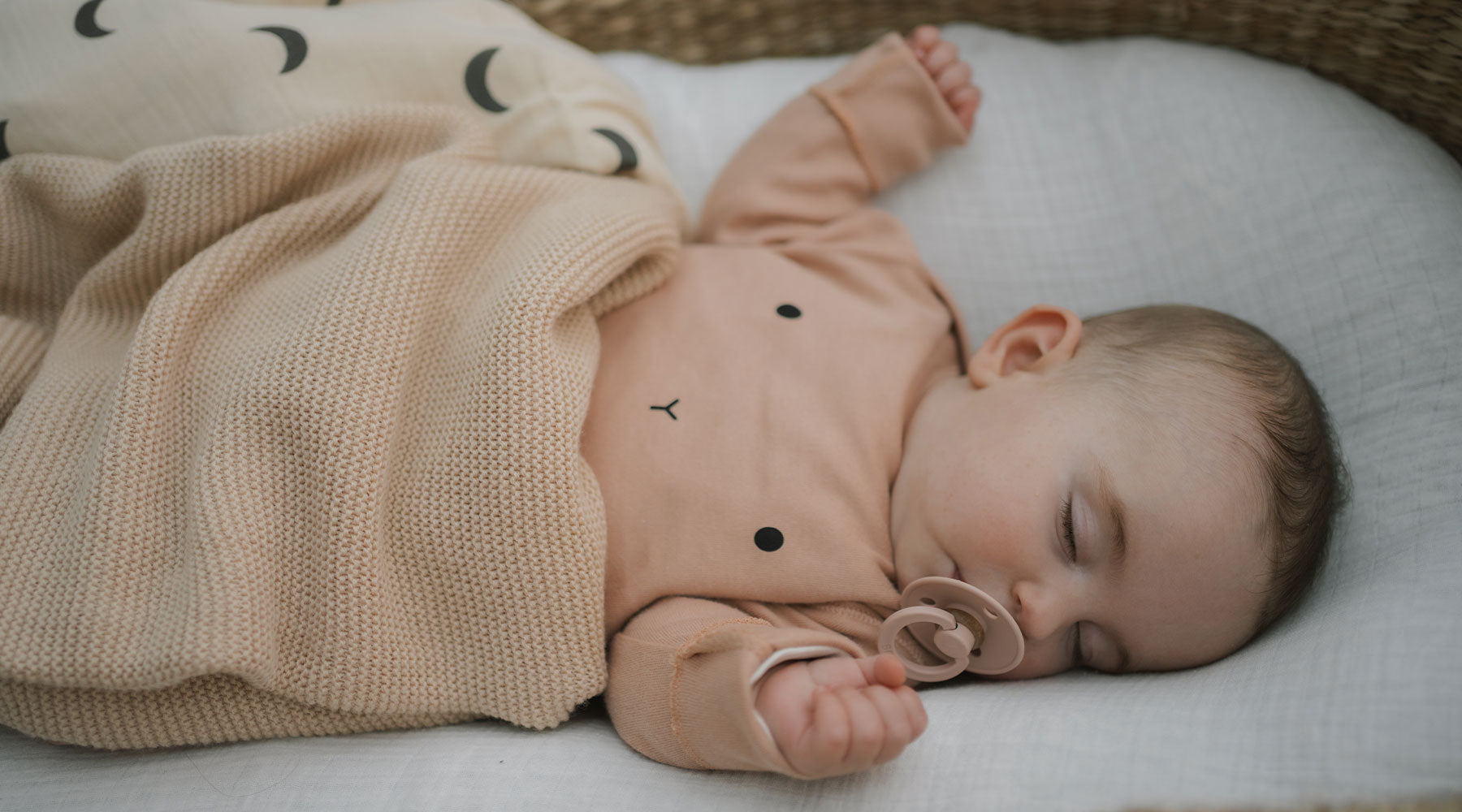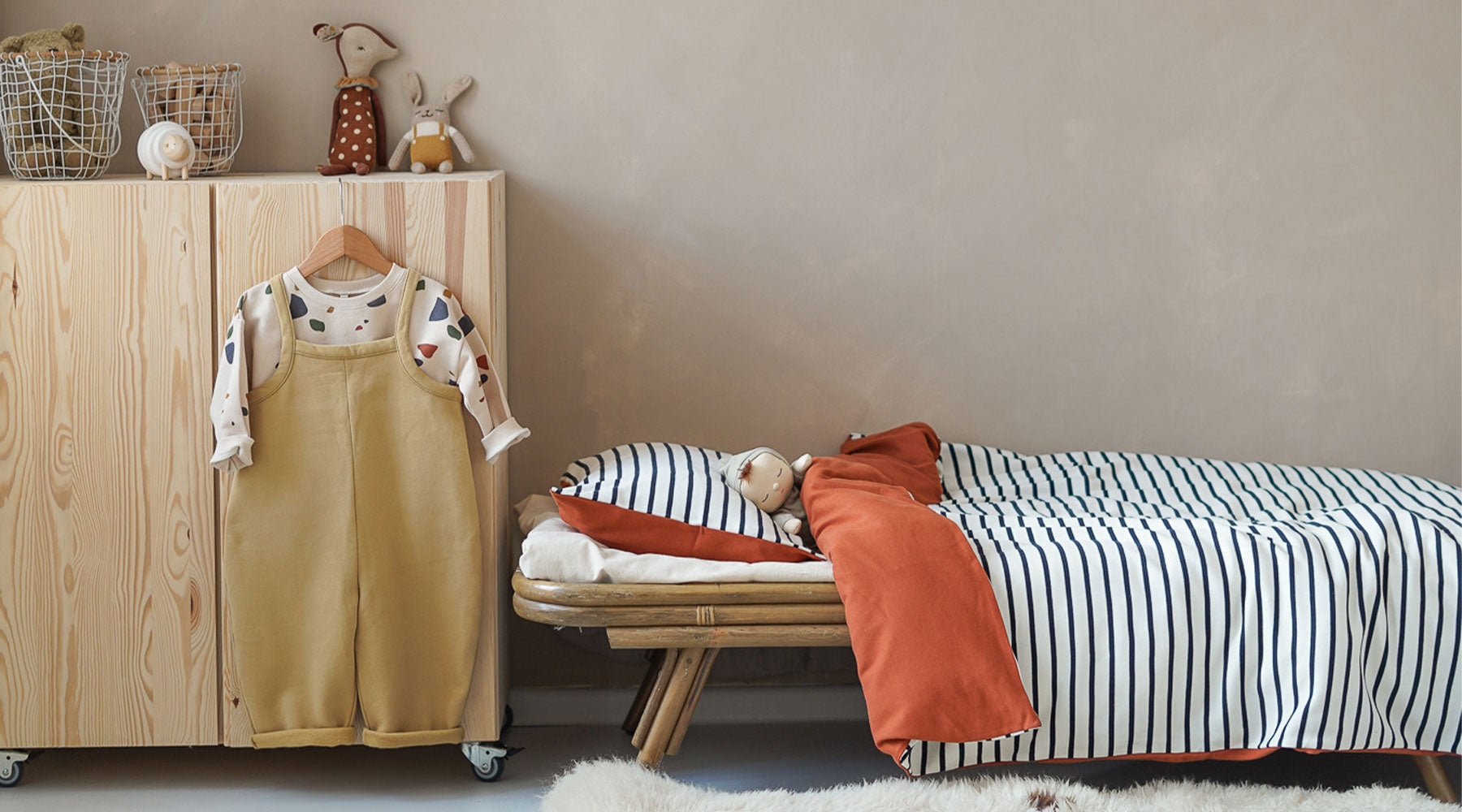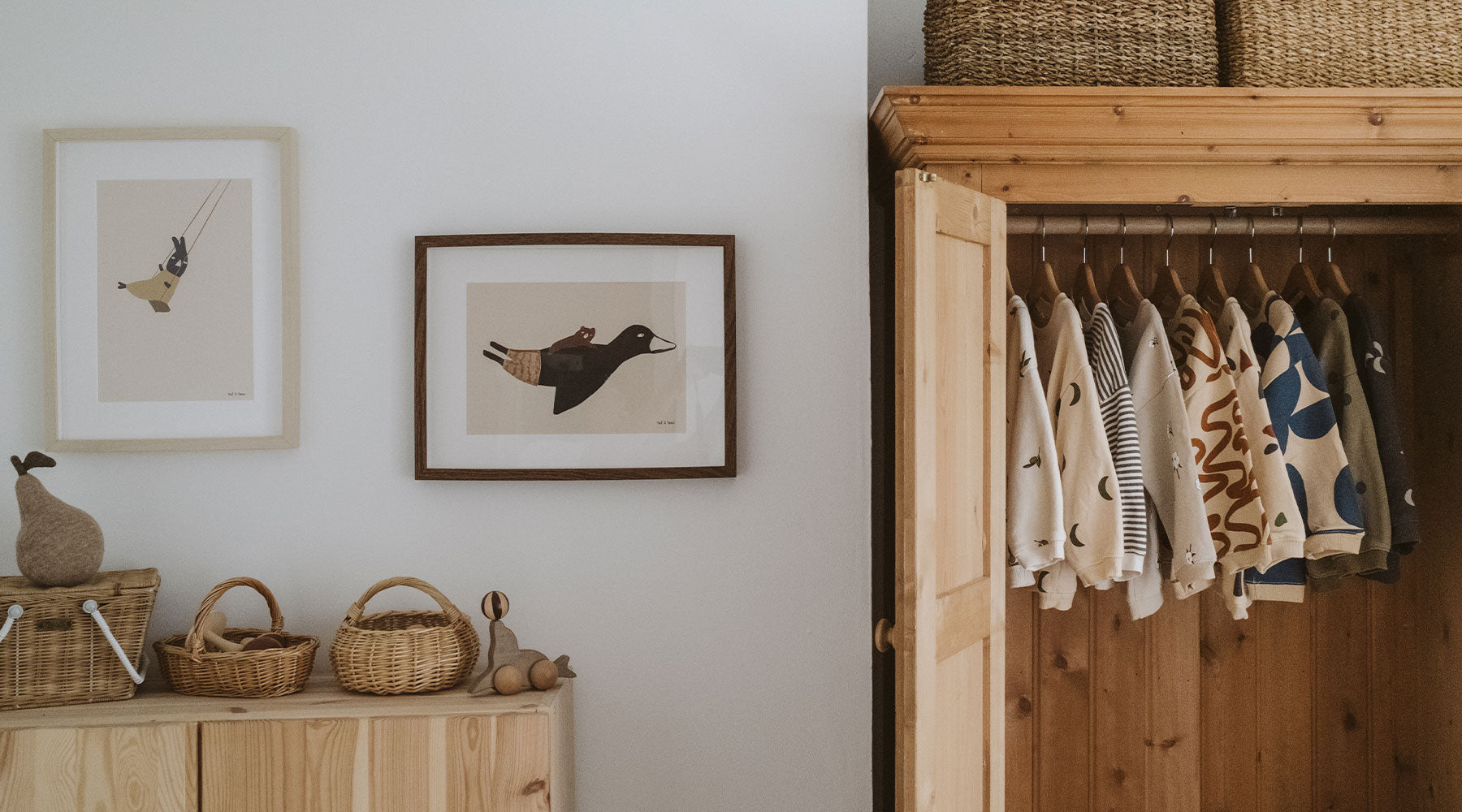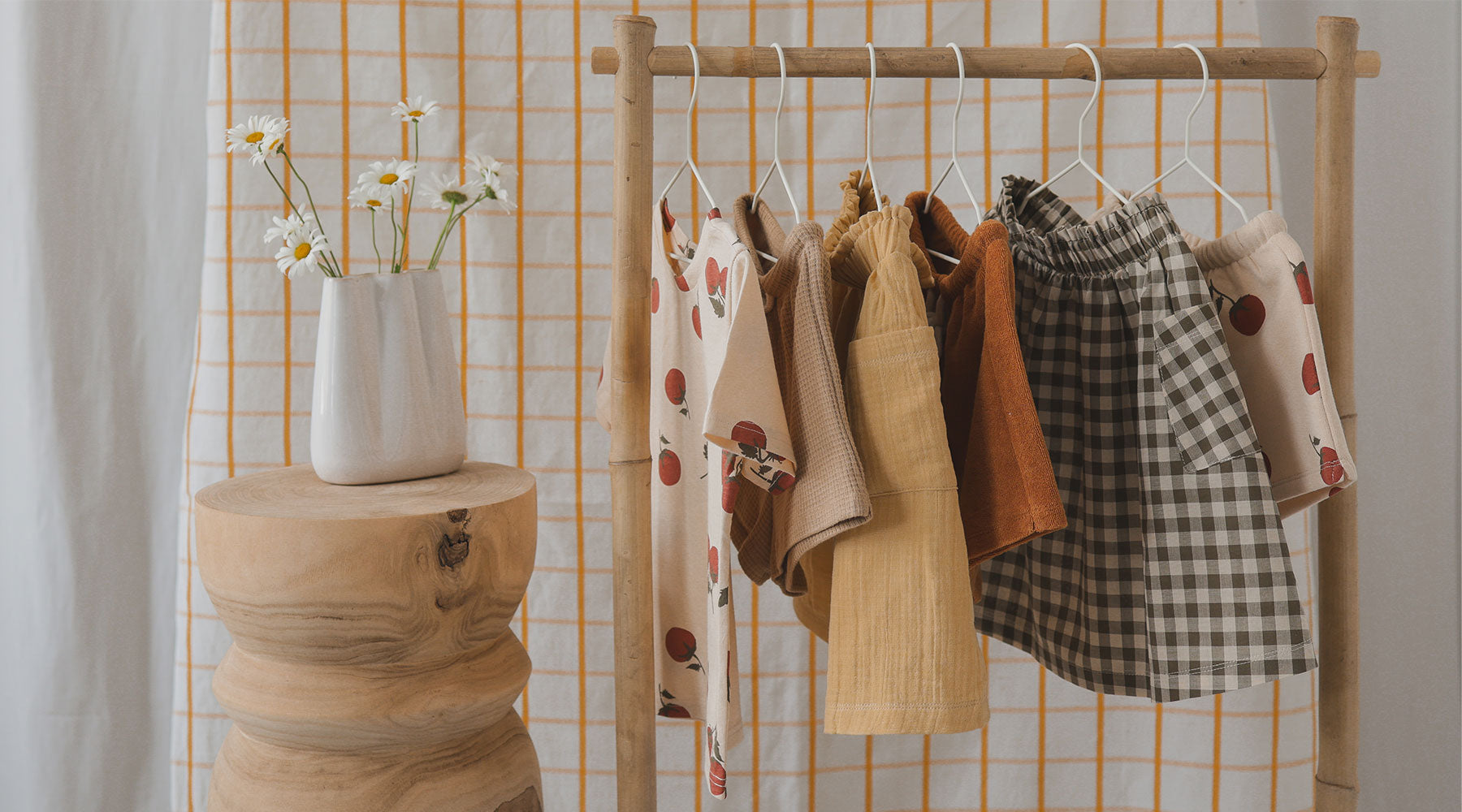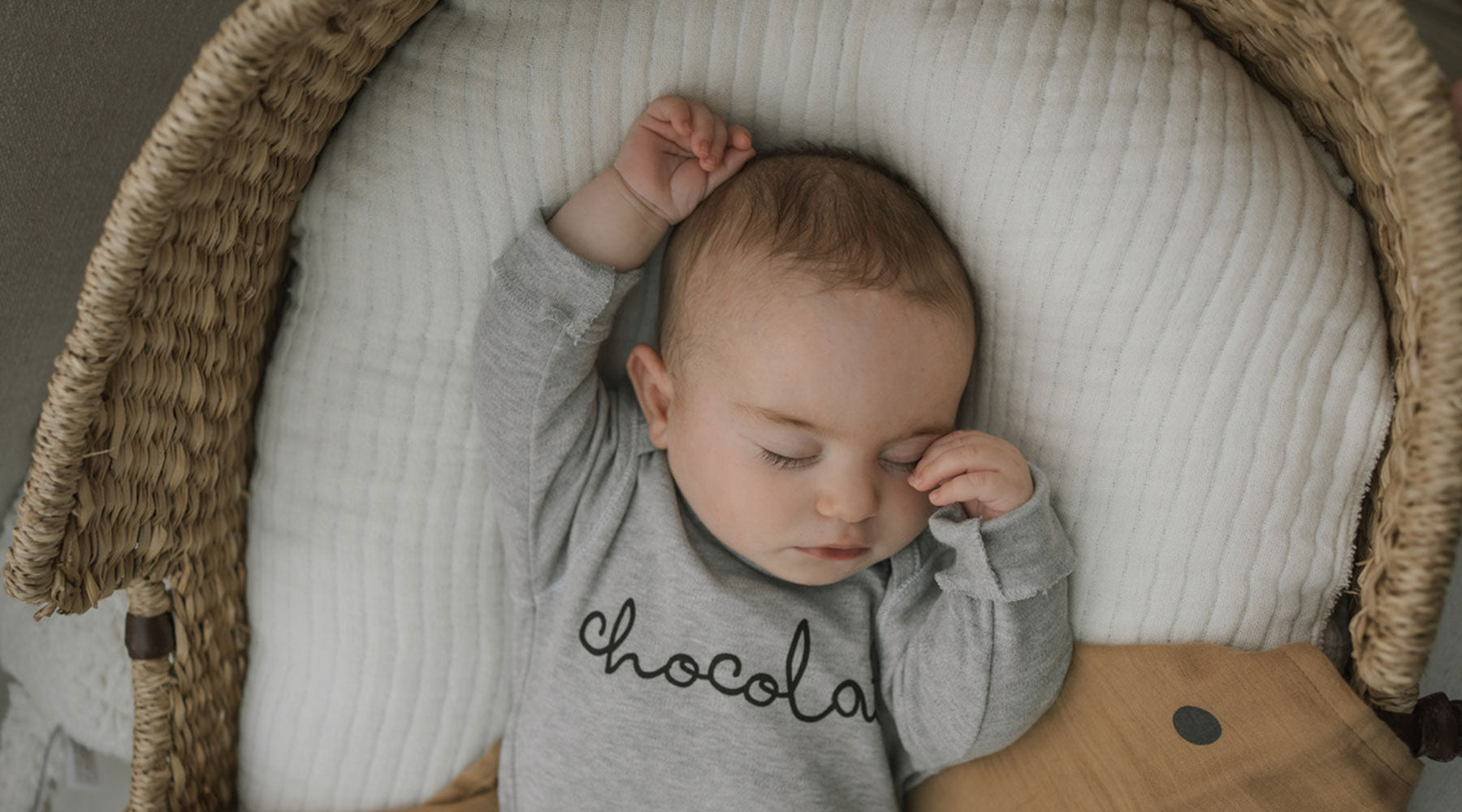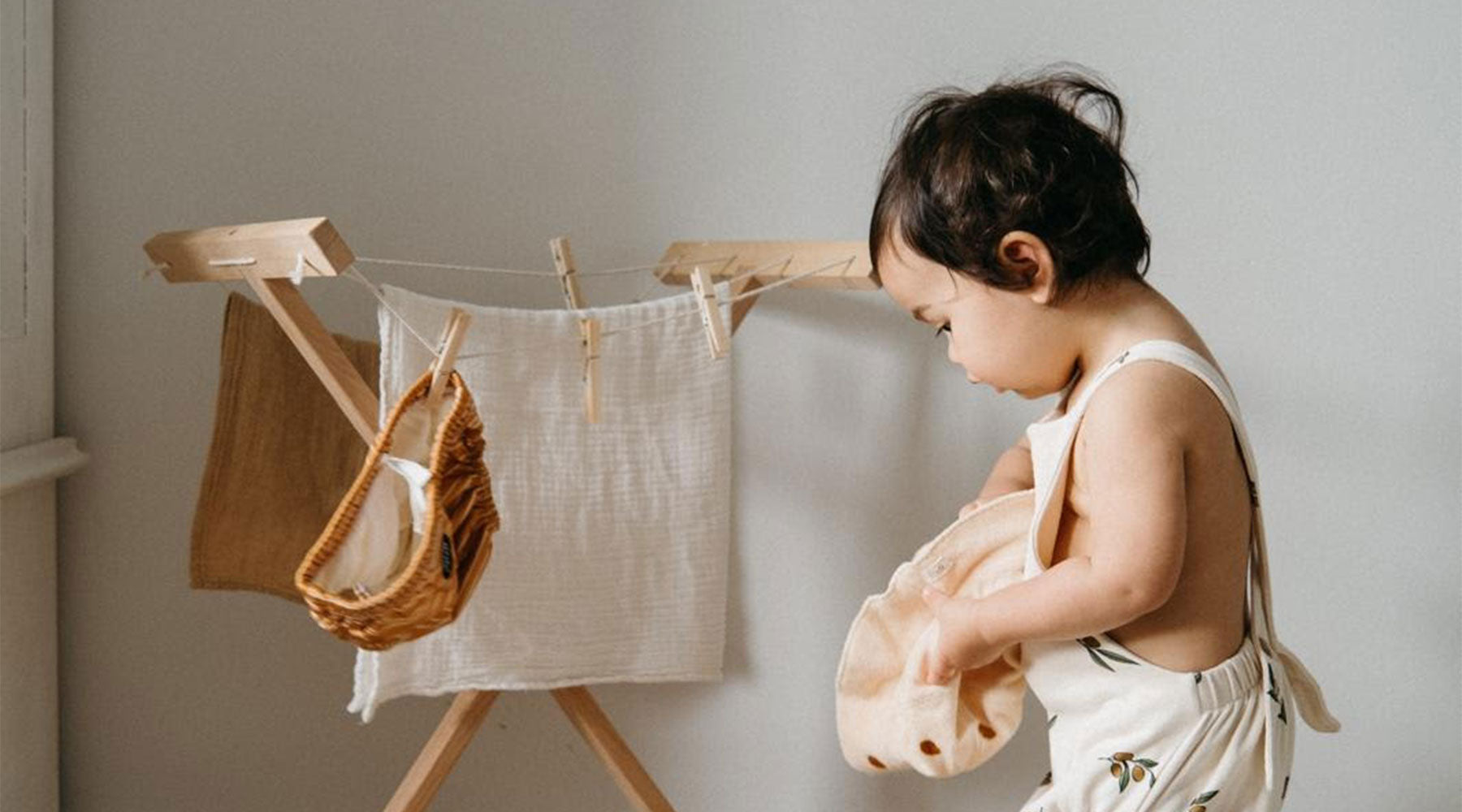As parents, we wear many hats. There are the obvious ones like cook, nurse, cleaner and driver, but beyond these, we are also carers, cheer-leaders, mentors, and guides. This multi-faceted role extends far beyond just attending to your charges’ immediate needs. Parents also make mindful choices in what they do, say and buy and consider how those choices affect the environment. Opting for sustainable baby clothing is one of your baby's first steps towards a bright, happy future. It is the beginning of engendering in them a sense of responsibility for the world around them.
Why Choose Sustainable Baby Clothes?
When we choose clothes for our little ones, we do consider fashion, style, functionality. But we also consider the wider impacts of the clothes we buy on the environment. When we opt for organic fibres to clothe our baby, when we choose hemp, bamboo, cotton, wool, we are shunning their fossil fuel-laden counterparts and the ecological tolls associated with them. By steering clear of fossil fuel-derived synthetics, parents actively reduce their carbon footprint, their plastic production and their overall environmental impact. And to take things one step further, when we select certified products, such as those adorned with the GOTS (Global Organic Textile Standard) or OEKO-TEX Standard 100 labels, we ensure that harmful chemicals are banished from manufacturing processes altogether, safeguarding both the planet and our children's health.

How can I know if it’s really eco-friendly?
To know if what you’re buying is truly a sustainable choice takes a little more research than grabbing something from the rack at your average high-street store, but your planet (and your children’s planet) will thank you for it.
Fabric Choice
Firstly, you need to know how harmful the fibres used in the garment are to the environment. Producing natural fibres like cotton, linen, bamboo or hemp is far less taxing than producing fibres made from fossil fuels such as polyester, nylon or acrylic. And if you're working towards an organic wardrobe, it’s a good idea to familiarise yourself with various eco-labels and certifications that indicate a garment's sustainability credentials. Seek out recognisable symbols like Fair Trade, Bluesign, or the Sustainable Apparel Coalition's Higg Index. These act as a shorthand to tell you that your garment meets a stringent set of environmental and social standards. Seeing these symbols on a clothing tag or web description are little hints that you're on the right track.
Production Process
Next, we look at the supply chain. Companies that have a transparent supply chain do so because they likely have nothing to hide. If you find it very difficult to find out where the garment was made, or where the fabrics were sourced, it’s usually because it involves less than ideal conditions for the workers and less than sustainable practices.
Durability and Longevity
We need to assess how much wear a garment is likely to get. Even a wholly synthetic fibre can be a sustainable choice if it is worn over and over and over again in favour of producing and wasting several other garments. An eco-friendly piece of clothing is one that is made well enough to stand up to many many wears and just as many washes. Here we also consider the whims of fashion, if we buy something that’s ‘so in right now’ it’ll be ‘so out’ so fast that no matter how well it’s made, it won’t be used. Choosing classic styles and timeless designs helps with this.
End-of-Life Consideration
Even with the very best of intentions, a garment will come to the end of its usefulness and have to be disposed of. Think about the eventual fate of the clothing once it reaches this point. The state of the world's clothing waste is horrific, and we want to work towards reducing it, but at the very least, we want to avoid adding to the problem. Look for brands that offer take-back or recycling programs to ensure that garments are re-homed, repurposed or recycled rather than ending up in landfills. Some companies even design their products with recyclability or compostability in mind, further minimising waste. We did some work towards this goal at the beginning, where we chose natural fibres that have a chance of decomposing rather than plastics.
Packaging and Shipping
Consider the packaging and shipping practices of the store you're shopping at. Choose companies that use minimal and recyclable packaging materials, or those that employ plastic-free packaging options. We've all adopted the habit of taking bags with us to bring our shopping home in, and we want to work toward something similar for shopping online. Additionally, opt for brands that prioritise carbon-neutral or low-impact shipping methods to minimise the environmental footprint associated with transportation. Another way to help with this is to buy in bulk and have everything shipped in one package. Ask your friends and family if they’d like to jump in on your order, and as an added bonus, you’ll save on the shipping fee too!
By being rigorous in your research, you can rest assured that your purchase is indeed treading as lightly on the planet as you’d hope it would, and you identify brands that align with your values. This way you know where to go when bub outgrows your carefully considered comfies and it’s time to do it all again!

Factors in Choosing Environmentally Friendly Clothes
When curating an environmentally conscious wardrobe for your little one, versatility reigns supreme. Go for layering options adaptable to diverse weather conditions, facilitating seamless transitions between chilly winters and balmy summers. Having a small set of cuddlies for your little one that can mix and match, layer up or peel down to suit the weather or the occasion is much more sustainable than a huge collection of single-purpose outfits. Prioritise garments designed for durability, capable of withstanding the rigours of everyday wear and repeated laundering. By investing in pieces designed for longevity, parents not only reduce waste but also instil a sense of responsibility towards finite resources in their children. Your kids will notice that ‘in this family, we look after our things and keep them for a long time’, and this attitude toward waste will become ingrained in the way they live their lives, and in turn, the way they raise their kids!
Best Eco-Friendly Options for Various Weather Conditions
As winter casts its icy embrace, organic wool or fleece cotton are your best buddies, guarding against the chill. Layer these garments with knit hats, mittens and scarves to cocoon your little explorer in warmth, shielding them from Jack Frost's whims. Conversely, summer's sun-kissed shores beckon for lightweight, breathable fabrics such as organic cotton, linen or muslin. Equip your beach-bound adventurer with sun-protective clothing and broad-brimmed hats to ward off harmful UV rays, ensuring safe and carefree exploration under the azure sky.
Embrace the Benefits of Sustainable Baby Clothing
Incorporating sustainable baby clothing into your child's wardrobe transcends fashion; it embodies a lifestyle rooted in environmental consciousness. By making deliberate choices about the garments adorning our children, we sow the seeds for a more sustainable future. From snuggly snow days to breezy beach escapades, let sustainability serve as the guiding star illuminating our journey as parents. Together, let us craft a world where every adventure is undertaken with reverence for the planet and an unwavering commitment to shaping a better tomorrow for generations to come.
Related guide
Clothes For Every Body - Why We Love Unisex Organic Baby Clothes In The US
